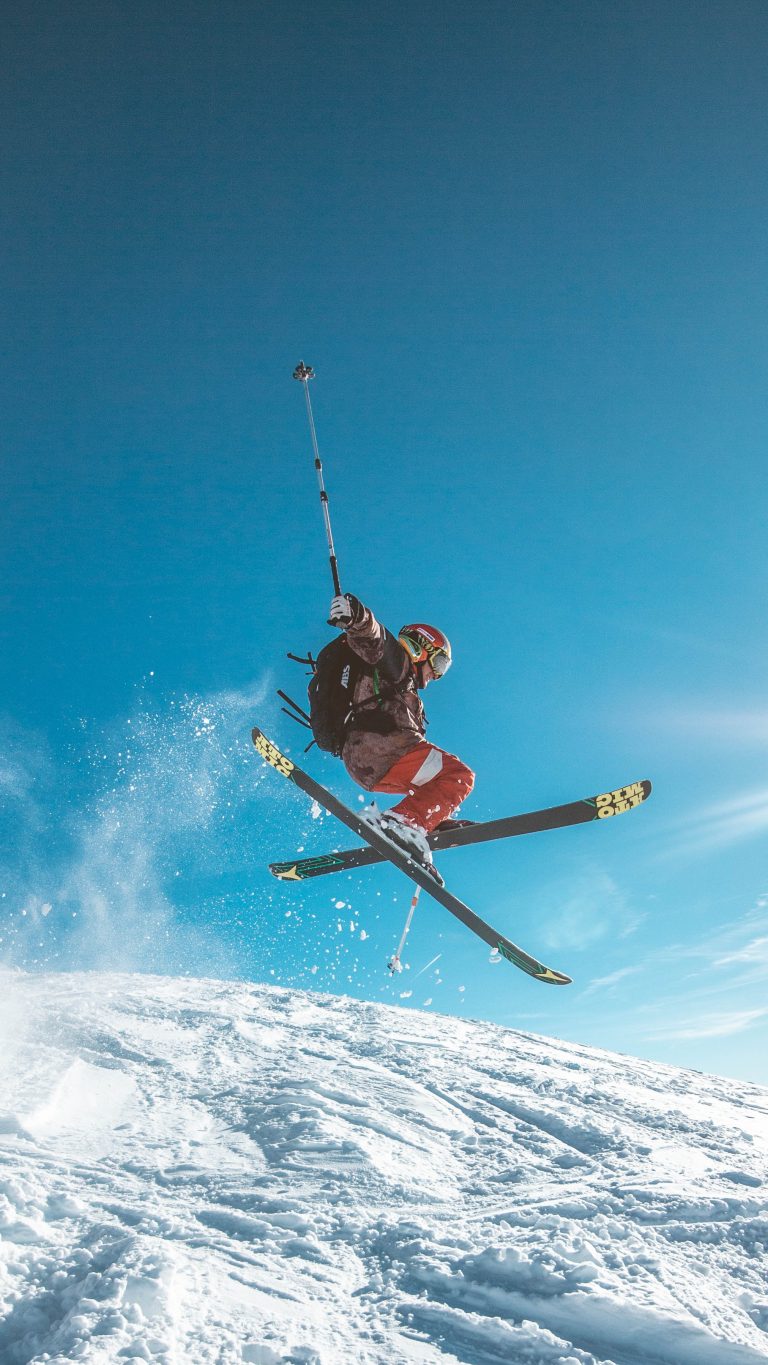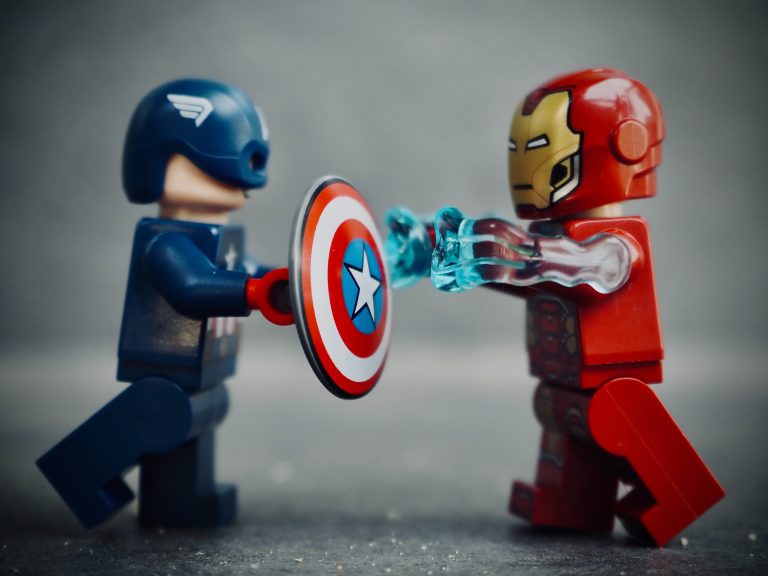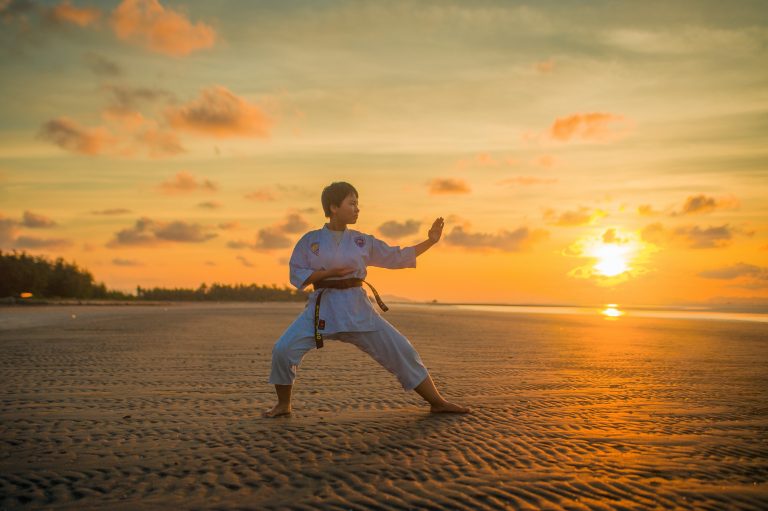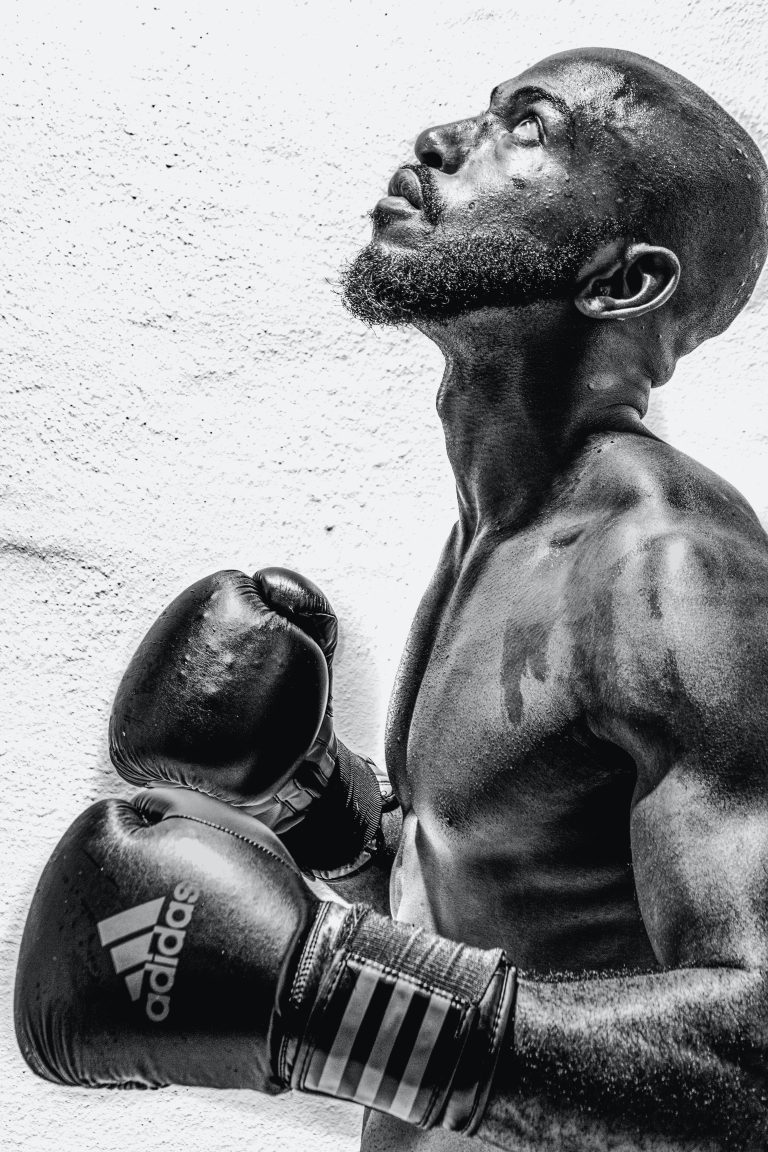The 10 Best Karate Techniques for Quick Reaction Capacity
Karate is a popular martial art that involves a series of physical movements and techniques used for self-defense or combat. One important aspect of karate is quick reaction capacity, which allows a practitioner to react quickly and effectively in tough situations. In this article, we will discuss the 10 best karate techniques for improving your reaction capacity.
1. Front Kicks (Mae Geri)
Front kicks are an essential technique in karate that can help improve your reaction capacity. To perform a front kick, stand with your feet shoulder width apart, lift your knee to your chest, and extend your leg to strike with the ball of your foot. This technique is effective for defending against attackers who may be moving towards you.
2. Roundhouse Kicks (Mawashi Geri)
Roundhouse kicks are another important technique in karate that work well for quick reactions. To perform a roundhouse kick, pivot on your back foot and swing your lead leg outward in a circular motion to strike with the shin or ball of the foot. This technique can be used to defend against attackers coming from the side.
3. Side Kicks (Yoko Geri)
Side kicks are useful when confronted with attackers from the side. To perform a side kick, pivot on your supporting foot and swing your lead leg horizontally to strike with the heel or outer edge of your foot. This technique is effective for knocking an attacker off balance.
4. Elbow Strikes (Empi)
Elbow strikes are effective for close-range combat and for quick reactions in situations where you might be grabbed or restrained. To perform an elbow strike, twist your body and thrust your elbow forward to strike with the point or tip of your elbow.
5. Knee Strikes (Hiza Geri)
Knee strikes are effective for close-range combat and are useful when an attacker is within your personal space. To perform a knee strike, lift your knee and strike forward with the point of your knee.
6. Hammer Fist Strikes (Tettsui)
Hammer fist strikes are effective for close-range combat and can be used to strike an attacker’s chest or head. To perform a hammer fist strike, extend your arm and use the bottom of your fist to strike down on the attacker.
7. Jabs (Tsuki)
Jabs are a fast and effective technique that can be used to quickly incapacitate an attacker. To perform a jab, extend your arm and strike with your first two knuckles.
8. Blocks (Uke)
Blocking is a defensive technique that is essential for quick reactions. To perform a block, use your arms or legs to deflect an attack. It is important to practice various types of blocks as each situation may call for a different block.
9. Throws (Nage)
Throws are effective for quickly incapacitating an attacker and allowing you to escape. To perform a throw, grab the attacker’s arm or leg and use your body to throw them to the ground.
10. Joint Locks (Kansetsu Waza)
Joint locks are effective for close-range combat and can be used to quickly immobilize an attacker. To perform a joint lock, twist an attacker’s arm or leg in a way that creates pressure on a joint.
Conclusion
Karate is a martial art that requires quick reactions and decision-making skills. By practicing these 10 techniques, you can improve your reaction capacity and develop the skills necessary to defend yourself in difficult situations. Always remember to train safely and under the guidance of a trained instructor to ensure proper technique and avoid injury.
The 10 Best Karate Techniques for Quick Reaction Capacity
When it comes to martial arts, karate is one of the most popular forms. It is not only a fun activity, but it is also a great way to increase your strength, agility, and overall fitness. In karate, there are numerous techniques that one can learn and master. However, it is essential to know the specific techniques that are focused on enhancing quick reaction capacity.
In this blog post, we will be discussing the 10 best karate techniques for quick reaction capacity. These techniques have been tested and proven to be effective by professional karateka.
1. Front Kick (Maegeri)
The front kick is one of the most basic and crucial techniques in karate. It involves lifting your front knee and extending your leg outward to strike your opponent with your foot. This technique is focused on enhancing your reaction time, especially when it comes to quick and unexpected attacks.
2. Side Kick (Yoko Geri)
The sidekick is another essential technique in karate that focuses on improving your speed and reaction time. It involves lifting your leg to the side and extending it to strike your opponent with your foot. This technique is especially useful when it comes to close-range combat, and you need to react quickly to an attack.
3. Roundhouse Kick (Mawashi Geri)
The roundhouse kick is a versatile technique that can be used in various situations. It involves lifting your leg and swinging it in a circular motion to strike your opponent with your foot. This technique focuses on your timing and coordination, which are essential for quick reaction time.
4. Back Kick (Ushiro Geri)
The back kick is an effective technique that is focused on hitting your opponent with your heel. To execute this technique, you need to turn and kick backward with your back leg. This technique is especially useful when you need to react quickly to an attack from behind.
5. Hook Punch (Kagi Zuki)
The hook punch is a powerful technique that is designed to hit your opponent’s temple or jaw. To execute this technique, you need to pivot your body and punch diagonally with your arm. This technique is useful when you need to react quickly to a close-range attack.
6. Uppercut (Age Zuki)
The uppercut is another powerful technique that is designed to hit your opponent’s chin or solar plexus. To execute this technique, you need to punch upward with your arm while pivoting your body. This technique is useful when you need to react quickly to an attack from below.
7. Side Punch (Yoko Zuki)
The side punch is a quick and powerful technique that is designed to hit your opponent’s ribs or kidney. To execute this technique, you need to punch diagonally with your arm while rotating your body. This technique is useful when you need to react quickly to a close-range attack.
8. Front Punch (Choku Zuki)
The front punch is a simple yet effective technique that is designed to hit your opponent’s face or chest. To execute this technique, you need to extend your arm straight and punch with your fist. This technique is useful when you need to react quickly to an attack while staying in a defensive position.
9. Elbow Strike (Empi Uchi)
The elbow strike is a devastating technique that is designed to strike your opponent’s temple or jaw with your elbow. To execute this technique, you need to rotate your body and strike with your elbow. This technique is useful when you need to react quickly to a close-range attack.
10. Knee Strike (Hiza Geri)
The knee strike is a powerful technique that is designed to hit your opponent’s ribs or thigh. To execute this technique, you need to lift your knee and strike with your patella or shin. This technique is useful when you need to react quickly to a close-range attack.
Conclusion
In conclusion, karate is not only a great form of exercise, but it is also an effective way to enhance your quick reaction capacity. These ten techniques are focused on improving your speed, agility, coordination, and timing, which are all crucial components of quick reaction time. Whether you are a beginner or an experienced karateka, incorporating these techniques into your training regimen can help you become a more skilled and effective martial artist. Remember to practice these techniques regularly and under the guidance of a trained professional to ensure that you are executing them correctly and safely.
Inhaltsverzeichnis





